Home>Garden Essentials>How To Plant Jalapeno Seeds
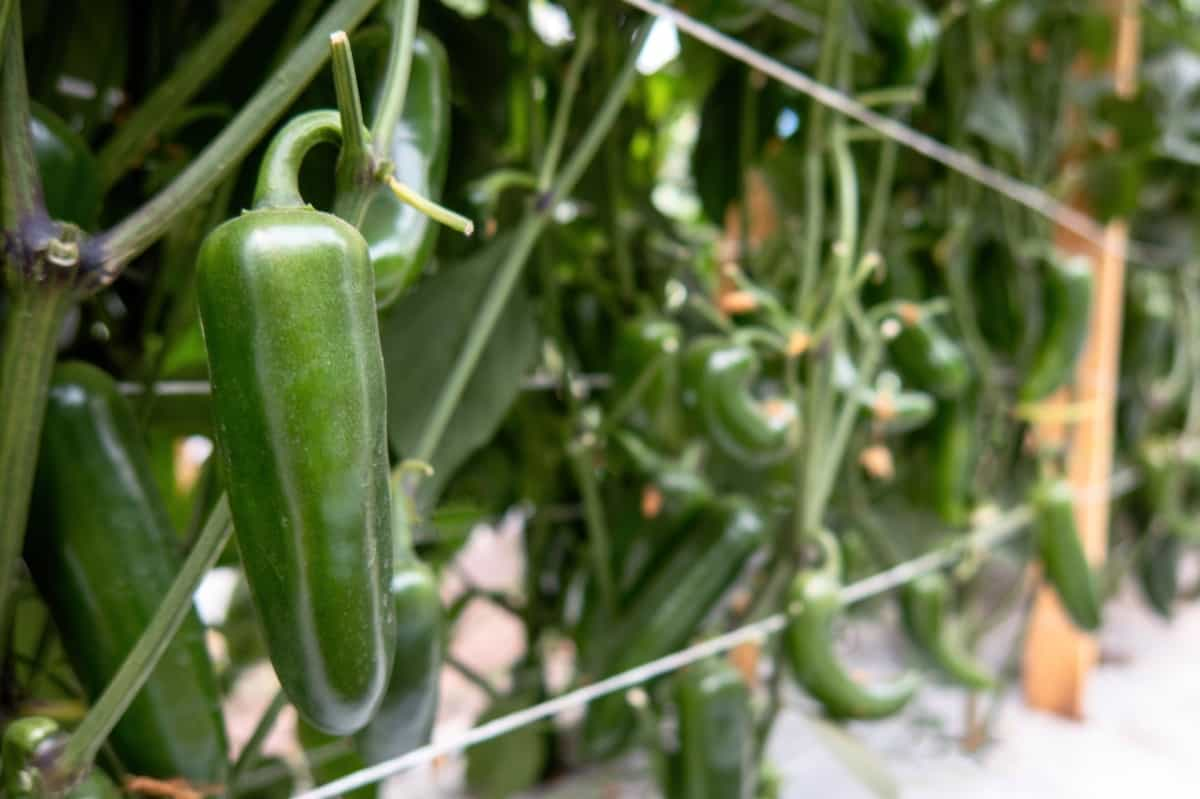

Garden Essentials
How To Plant Jalapeno Seeds
Modified: October 20, 2024
Learn how to plant jalapeno seeds in your garden with our easy step-by-step guide. Start growing your own spicy peppers today!
(Many of the links in this article redirect to a specific reviewed product. Your purchase of these products through affiliate links helps to generate commission for Storables.com, at no extra cost. Learn more)
Introduction
Welcome to the world of gardening! If you have a knack for spicy flavors and want to try your hand at growing your own produce, planting jalapeno seeds is a fantastic place to start. Not only are jalapenos delicious and versatile in the kitchen, but they are also relatively easy to grow and care for.
In this comprehensive guide, we will walk you through the step-by-step process of planting jalapeno seeds and cultivating healthy, productive jalapeno plants. Whether you are a seasoned gardener looking to expand your repertoire or a beginner with a green thumb, this article will provide you with all the knowledge you need to successfully grow jalapenos from seed to harvest.
Before we dive into the exciting world of jalapeno cultivation, let’s learn a bit more about these fiery peppers. Jalapenos belong to the Capsicum annuum species, native to Mexico and commonly used in Mexican cuisine. They are known for their vibrant green color, medium to hot level of spiciness, and distinctive flavor.
Jalapenos can be used fresh, pickled, or dried to add a spicy kick to dishes like salsas, guacamole, nachos, and even cocktails. Growing your own jalapeno plants not only ensures a fresh supply of peppers but also allows you to experiment with different varieties and enjoy the satisfaction of nurturing your own food.
Now that you’re excited to embark on this jalapeno growing journey, let’s gather our materials and get started!
Key Takeaways:
- Planting jalapeno seeds is a fun and rewarding way to grow your own spicy peppers. With the right materials and care, you can enjoy a bountiful harvest of flavorful jalapenos for your culinary adventures.
- Providing proper water, sunlight, and care to your jalapeno seedlings is crucial for their healthy development. Transplanting, maintaining, and harvesting your plants will lead to a successful and spicy gardening journey!
Read more: How To Seed A Jalapeno
Step 1: Gather Necessary Materials
Before you begin planting jalapeno seeds, it’s important to collect all the necessary materials to ensure a smooth and successful growing process. Here’s a list of items you will need:
- Jalapeno Seeds: Look for high-quality seeds from reputable sellers or consider saving seeds from a jalapeno pepper you enjoyed.
- Seed Trays or Seedling Pots: These containers will be used to start your seeds indoors.
- Seed Starting Mix: Choose a lightweight, well-draining soil mix specifically designed for seed germination.
- Plant Labels: These will help you keep track of the different varieties of jalapeno seeds you plant.
- Watering Can or Sprayer: You’ll need a gentle way to water your seeds without disturbing them.
- Plastic Wrap or Seedling Heat Mat: These can help create the optimal warm and moist environment for seed germination.
- Grow Lights or Sunny Windowsill: Adequate lighting is crucial for healthy seedling growth.
- Transplant Containers: Prepare larger pots or containers for transplanting your seedlings when they outgrow their initial trays.
- Garden Trowel: This handy tool will be used for transplanting and maintaining your jalapeno plants.
- Organic Fertilizer: Choose a slow-release fertilizer formulated for vegetable plants to provide essential nutrients.
Once you have gathered all the necessary materials, you will be fully prepared to start your jalapeno growing adventure. Now let’s move on to the next step, which is choosing the right jalapeno seeds!
Step 2: Choosing the Right Jalapeno Seeds
When it comes to selecting jalapeno seeds, you have a variety of options to choose from. Here are a few factors to consider in order to make an informed decision:
- Variety: There are several jalapeno pepper varieties available, each with its own unique characteristics. Some popular options include Early Jalapeno, Mucho Nacho, and Jalafuego. Consider factors such as size, heat level, and maturity time to select the variety that best suits your preferences.
- Seed Source: It’s important to obtain seed from a reputable source to ensure good germination rates and healthy plants. Look for well-known seed companies or local garden centers that specialize in high-quality seeds.
- Freshness: Check the seed packets or labels for the expiration date or production date. Fresher seeds generally have a higher chance of germination success.
- Open-Pollinated vs. Hybrid: Open-pollinated seeds come from naturally pollinated plants and can be saved and replanted, maintaining the same characteristics over generations. Hybrid seeds are produced through controlled cross-pollination and often have desirable traits like disease resistance or higher yields.
Once you have chosen your jalapeno seeds, it’s time to prepare the soil for planting. On to the next step!
Step 3: Preparing the Soil
Before planting your jalapeno seeds, it is crucial to prepare the soil to provide the optimal growing conditions for your plants. Follow these steps to prepare the soil:
- Select the Right Location: Choose a sunny spot in your garden or a suitable area for container gardening. Jalapenos thrive in full sun, so make sure the location receives at least 6-8 hours of direct sunlight a day.
- Test the Soil: Perform a soil test to determine its composition and pH level. Jalapenos prefer well-draining soil with a slightly acidic pH of 6.0-6.5.
- Amend the Soil: If the soil is heavy or clayey, you can improve its drainage and structure by adding organic matter such as compost, well-rotted manure, or peat moss. Mix these amendments into the soil to a depth of 8-10 inches.
- Remove Weeds and Debris: Before planting, clear the area of any weeds, rocks, or other debris that may hinder plant growth or harbor pests and diseases.
- Apply Organic Fertilizer: Incorporate a balanced organic fertilizer into the soil according to the package instructions. This will provide the necessary nutrients for your jalapeno plants.
- Rake and Level the Soil: Use a garden rake to level the soil surface, ensuring it is smooth and free of any large clumps or inconsistencies.
- Water the Soil: Thoroughly water the soil a day or two before planting to ensure it is evenly moist. This will create an ideal environment for seed germination.
Once the soil is properly prepared, you are ready to move on to the exciting part – planting your jalapeno seeds! We will cover this step in detail in the next section.
Step 4: Planting the Jalapeno Seeds
Now that the soil is prepared, it’s time to plant your jalapeno seeds. Follow these steps to ensure a successful planting process:
- Start Indoors: Jalapeno seeds benefit from a head start indoors before being transplanted outdoors. Start your seeds 6-8 weeks before the last frost date in your area.
- Fill Seed Trays or Pots: Use clean seed trays or pots filled with a well-draining seed starting mix. Moisten the mix slightly before planting.
- Sow the Seeds: Plant the jalapeno seeds about ¼ inch deep in the soil. Space the seeds at least 1-2 inches apart to provide enough room for proper growth.
- Label and Cover: Place plant labels in the trays to identify the different jalapeno seed varieties. Cover the trays with plastic wrap to create a mini greenhouse effect or use a seedling heat mat to maintain a warm temperature.
- Provide Proper Conditions: Place the trays in a warm location with temperatures between 75-85°F (24-29°C). Ensure they receive bright, indirect light for 14-16 hours a day. Supplemental grow lights can be used if natural light is limited.
- Monitor Soil Moisture: Keep the soil consistently moist but not overly saturated. Use a misting sprayer or a gentle watering can to avoid disturbing the seeds.
- Germination Time: Jalapeno seeds typically germinate within 7-14 days. Be patient and continue to provide the right conditions until you see the seedlings emerge.
Once the seedlings have emerged and are well-established, they can be transplanted into larger containers or directly into the garden. We will cover the transplanting process in the next step. But before that, it’s important to ensure that your jalapeno seedlings receive adequate water and sunlight, which we will discuss in the following step.
After planting jalapeno seeds, keep the soil consistently moist but not waterlogged. Provide plenty of sunlight and warmth for optimal growth.
Step 5: Providing Adequate Water and Sunlight
After planting your jalapeno seeds and watching them grow into seedlings, it’s important to provide them with the right amount of water and sunlight to ensure their healthy development. Follow these guidelines for watering and sunlight:
- Water Requirements: Jalapeno plants require consistent moisture, but overwatering can lead to root rot and other diseases. Water the plants when the top inch of soil feels dry. Aim to keep the soil evenly moist, but not soggy.
- Watering Techniques: Avoid overhead watering as it can splash soil onto the leaves and increase the risk of fungal diseases. Instead, use a gentle watering technique at the base of the plants, directing the water to the root zone.
- Sunlight Requirements: Jalapenos thrive in full sun, so make sure they receive at least 6-8 hours of direct sunlight each day. If you are growing them indoors, place them near a south-facing window or use grow lights to provide sufficient light.
- Monitor Light Intensity: While jalapenos need ample sunlight, they can also be prone to sunburn during excessively hot summer days. Provide some shade during the hottest part of the day if necessary, especially if temperatures exceed 90°F (32°C).
- Rotate Pots or Trim Leaves: If you notice that your jalapeno plants are leaning towards the light source, rotate the pots every few days to ensure even growth. If the plants become too leggy or dense, don’t hesitate to carefully trim some of the lower leaves to allow better air circulation and light penetration.
By providing the right amount of water and sunlight, you will help your jalapeno plants thrive and maximize their growth potential. In the next step, we will discuss how to take care of the seedlings as they continue to grow. Let’s dive in!
Step 6: Taking Care of Seedlings
As your jalapeno seedlings continue to grow, they require proper care to ensure their healthy development and prepare them for transplantation. Follow these tips to take care of your jalapeno seedlings:
- Thinning Seedlings: If multiple seedlings emerge in the same pot or tray, it’s essential to thin them out. Choose the strongest and healthiest seedling and carefully remove the others to provide adequate space and resources for the chosen plant.
- Water Regularly: Maintain consistent moisture by watering the seedlings regularly, ensuring the soil remains slightly moist but not waterlogged.
- Fertilize Carefully: After the second set of true leaves appear, you can start fertilizing your seedlings. Use a balanced liquid fertilizer diluted to half the recommended strength and apply it once every two weeks.
- Support Growth: As the plants grow taller, they may need support to prevent them from bending or breaking. Gently insert a small stake near the base of the seedling and use a soft string or plant tie to secure it to the stake.
- Avoid Overcrowding: If the seedlings become crowded or start competing for space, it’s important to transplant them into larger containers or separate pots to ensure proper root development.
- Monitor for Pests and Diseases: Regularly inspect your seedlings for any signs of pests or diseases such as aphids or fungal spots. If spotted, take appropriate measures like spraying insecticidal soap or using organic solutions to control the issue.
- Continue Providing Adequate Light: If growing indoors, ensure your seedlings receive sufficient light. Adjust the height of grow lights as the plants grow taller to maintain an optimal distance of 6-12 inches between the light source and the seedlings.
By following these care tips, you will nurture strong and healthy jalapeno seedlings. In the next step, we will discuss how to transplant the seedlings into their permanent containers or garden beds. Keep reading!
Step 7: Transplanting Jalapeno Seedlings
Once your jalapeno seedlings have grown to a suitable size and the risk of frost has passed, it’s time to transplant them into their permanent containers or garden beds. Follow these steps for successful transplantation:
- Choose the Right Container or Bed: Select a location in your garden with well-draining soil and at least 12-18 inches of space between plants. If growing in containers, make sure they have drainage holes and are large enough to accommodate the mature size of the jalapeno plants.
- Prepare the Transplant Site: If planting in the ground, loosen the soil and remove any weeds or debris. Amend the soil with compost or organic matter to improve its structure and fertility.
- Water the Seedlings: Water the seedlings thoroughly a few hours before transplanting. This will help loosen the soil around the roots and minimize transplant shock.
- Transplant Carefully: Gently remove the seedlings from their containers, taking care not to damage the delicate roots. Dig a hole in the prepared soil, place the seedling in the hole, and backfill with soil, firming it gently around the base of the plant.
- Spacing: Space the transplanted seedlings 12-18 inches apart to allow room for growth and proper air circulation between the plants.
- Water After Transplanting: Give the newly transplanted seedlings a thorough watering to help settle the soil and reduce any stress from the transplanting process.
- Provide Support: If growing tall or bushy jalapeno varieties, consider providing support such as stakes or cages to keep the plants upright and prevent them from bending or breaking as they grow.
- Maintain Care: Keep an eye on your transplanted seedlings, watering them regularly and monitoring for any signs of pests or diseases. Apply organic mulch around the plants to conserve moisture, suppress weeds, and regulate soil temperature.
Transplanting your jalapeno seedlings into their permanent location allows them to establish strong root systems and continue their growth towards producing delicious peppers. In the next step, we will explore how to maintain and harvest your jalapeno plants. Keep reading!
Step 8: Maintaining and Harvesting Jalapeno Plants
Once your jalapeno plants are transplanted and well-established, it’s important to provide them with proper care to promote growth and maximize your harvest. Follow these guidelines for maintaining and harvesting your jalapeno plants:
- Watering: Continue to water your jalapeno plants regularly, ensuring the soil is evenly moist. Avoid overwatering as it can lead to root rot, but be vigilant during hot, dry spells.
- Fertilizing: Feed your jalapeno plants with a balanced organic fertilizer every 4-6 weeks or as directed on the packaging. This will provide the necessary nutrients for healthy growth.
- Weed Control: Regularly weed around your jalapeno plants to prevent competition for nutrients and to reduce the risk of pests and diseases hiding in the garden bed.
- Pest and Disease Management: Monitor your plants for signs of pests such as aphids or diseases like leaf spot. Use organic pest control methods when necessary, such as spraying with insecticidal soap or using neem oil.
- Supporting Bushy Plants: If you’re growing bushy jalapeno varieties, provide additional support as they grow. Stake the plants or use cages to prevent them from bending or breaking under the weight of the pepper-laden branches.
- Harvesting: Harvest your jalapeno peppers when they reach the desired size and color. Most jalapeno peppers are ready to be picked when they are 2-3 inches long, firm, and have a glossy green color. However, you can also allow some to ripen to a red color for a sweeter and slightly hotter flavor.
- Pruning: Throughout the growing season, you may need to prune your jalapeno plants to maintain their shape and encourage airflow. Trim any dead or yellowing leaves and pinch off the growing tips of branches to promote bushier growth.
- Preserving and Enjoying: If you have an abundant jalapeno harvest, you can preserve them by pickling, freezing, or drying. Use your homegrown jalapenos in various culinary delights, such as salsas, salads, stuffed peppers, and spicy sauces.
By maintaining your jalapeno plants with care and harvesting the peppers at the right time, you can enjoy a bountiful harvest of fresh and flavorful jalapenos throughout the growing season. Congratulations on growing your own spicy peppers!
Now that you have learned all the necessary steps to plant, care for, and harvest jalapeno plants, it’s time to put your knowledge into action. Get your gardening tools ready and create a thriving jalapeno garden that will spice up your meals and enliven your taste buds!
Happy gardening!
Read more: How To Store Jalapenos In A Jar
Conclusion
Congratulations on completing this comprehensive guide on planting and growing jalapeno plants! By following the step-by-step process outlined in this article, you now have the knowledge and skills to start your own jalapeno garden and enjoy the rewards of homegrown, spicy peppers.
From gathering the necessary materials to choosing the right seeds, preparing the soil, and planting the seeds, you have learned the essential steps to get your jalapeno plants started on the right foot. Providing adequate water, sunlight, and care to your seedlings will help them thrive and prepare them for transplantation.
Transplanting your seedlings into their permanent containers or garden beds ensures they have enough space to grow and allows you to monitor their progress closely. Proper maintenance, including watering, fertilizing, and pest control, will keep your plants healthy and productive.
As your jalapeno plants mature, you will be rewarded with a bountiful harvest. Harvesting your jalapeno peppers at the right time and using proper pruning techniques will optimize both the flavor and productivity of your plants. You can enjoy your homegrown jalapenos in a variety of delicious dishes, or preserve them to enjoy their spiciness all year round.
Growing your own jalapenos is not only rewarding but also allows you to connect with nature and the joy of cultivating your own food. So, grab your gardening tools, put on your gloves, and venture into the world of jalapeno gardening. Whether you have a small balcony or a spacious garden, you can experience the thrill of growing and harvesting your own spicy peppers.
Remember, each gardening journey is unique, and it may take some time and experimentation to find the methods and techniques that work best for you. Embrace the learning process, stay patient, and have fun watching your jalapeno plants thrive.
Now it’s time to get your hands dirty and start planting those jalapeno seeds. Happy gardening and may your jalapeno harvest be plentiful and full of flavor!
Frequently Asked Questions about How To Plant Jalapeno Seeds
Was this page helpful?
At Storables.com, we guarantee accurate and reliable information. Our content, validated by Expert Board Contributors, is crafted following stringent Editorial Policies. We're committed to providing you with well-researched, expert-backed insights for all your informational needs.
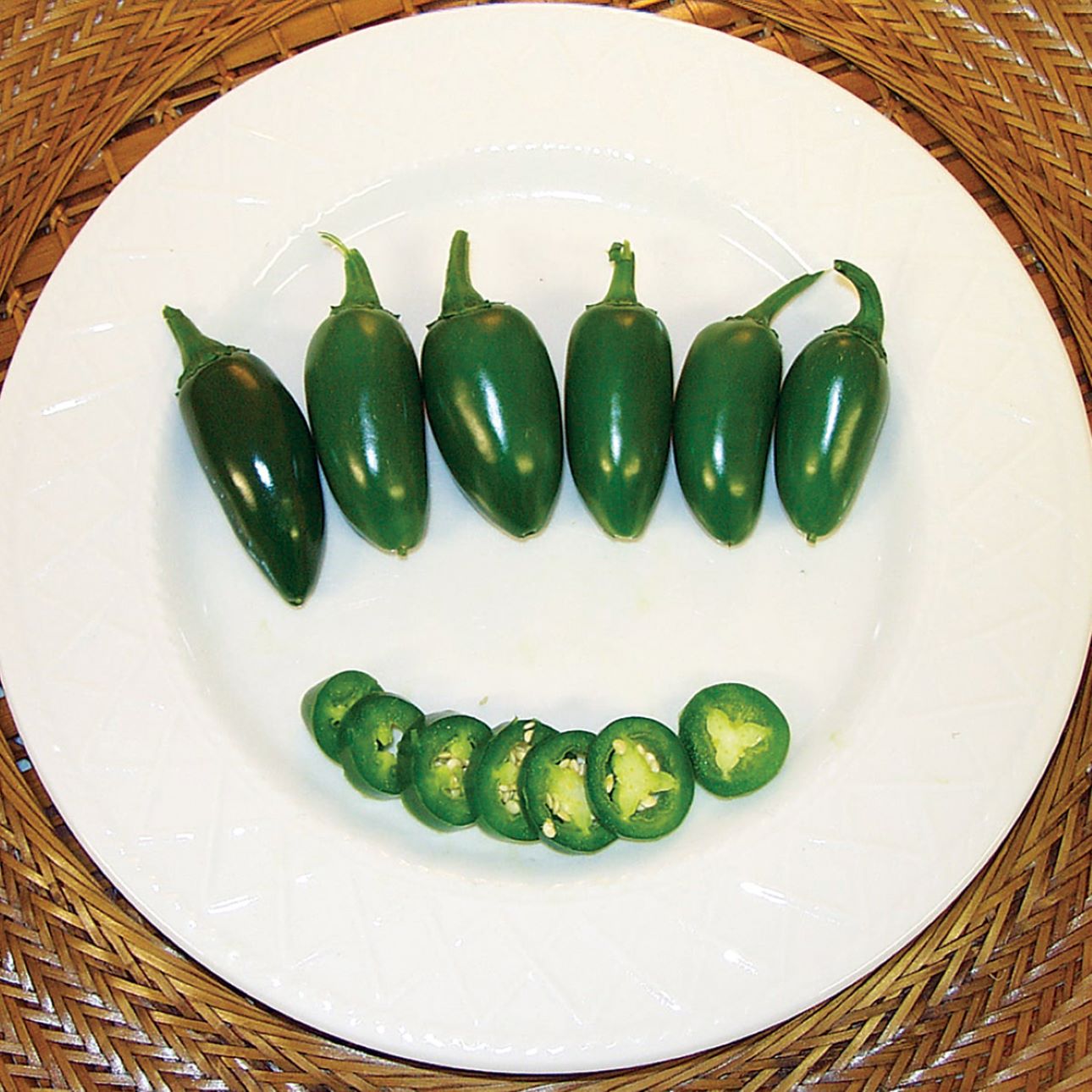



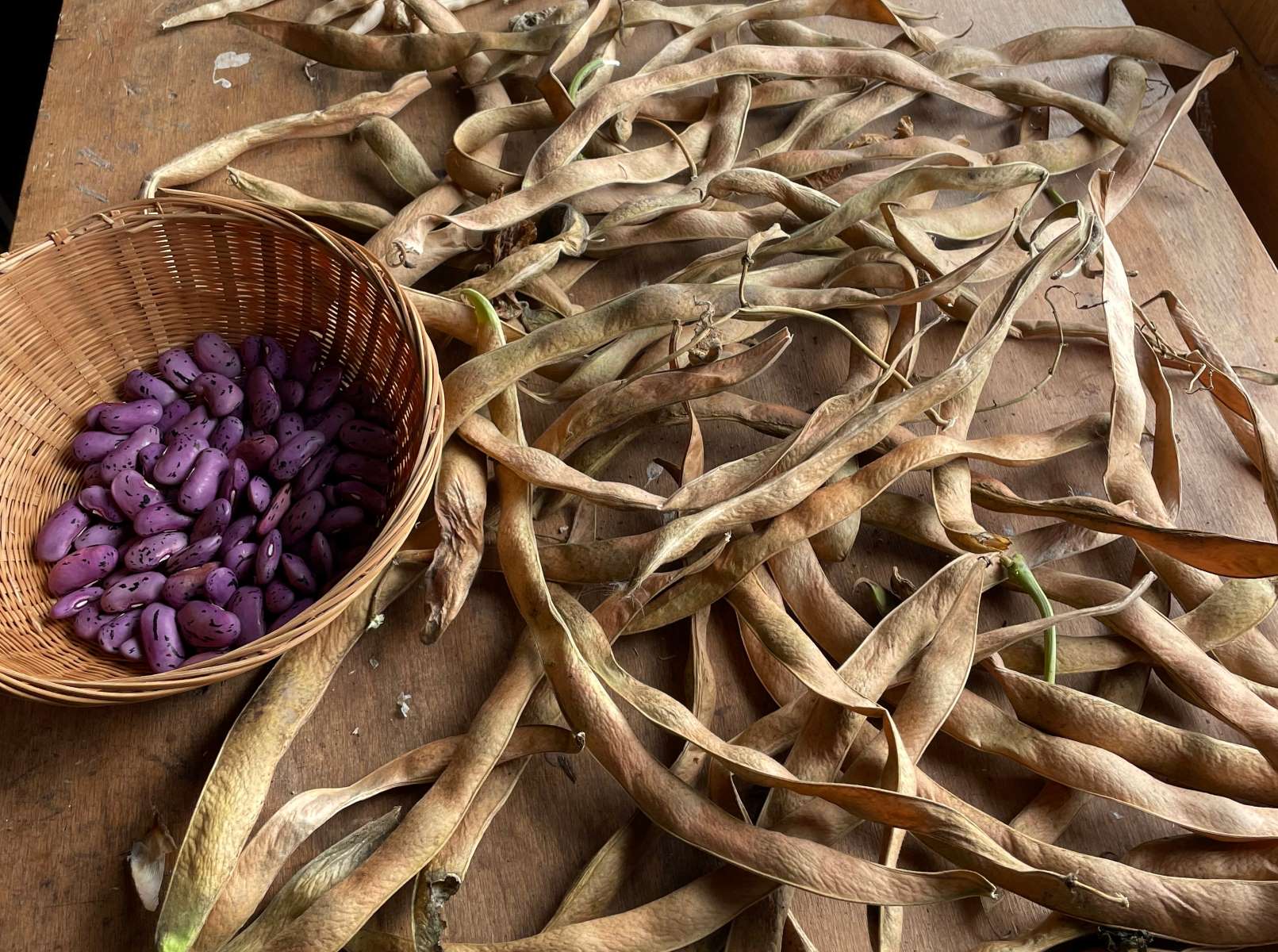
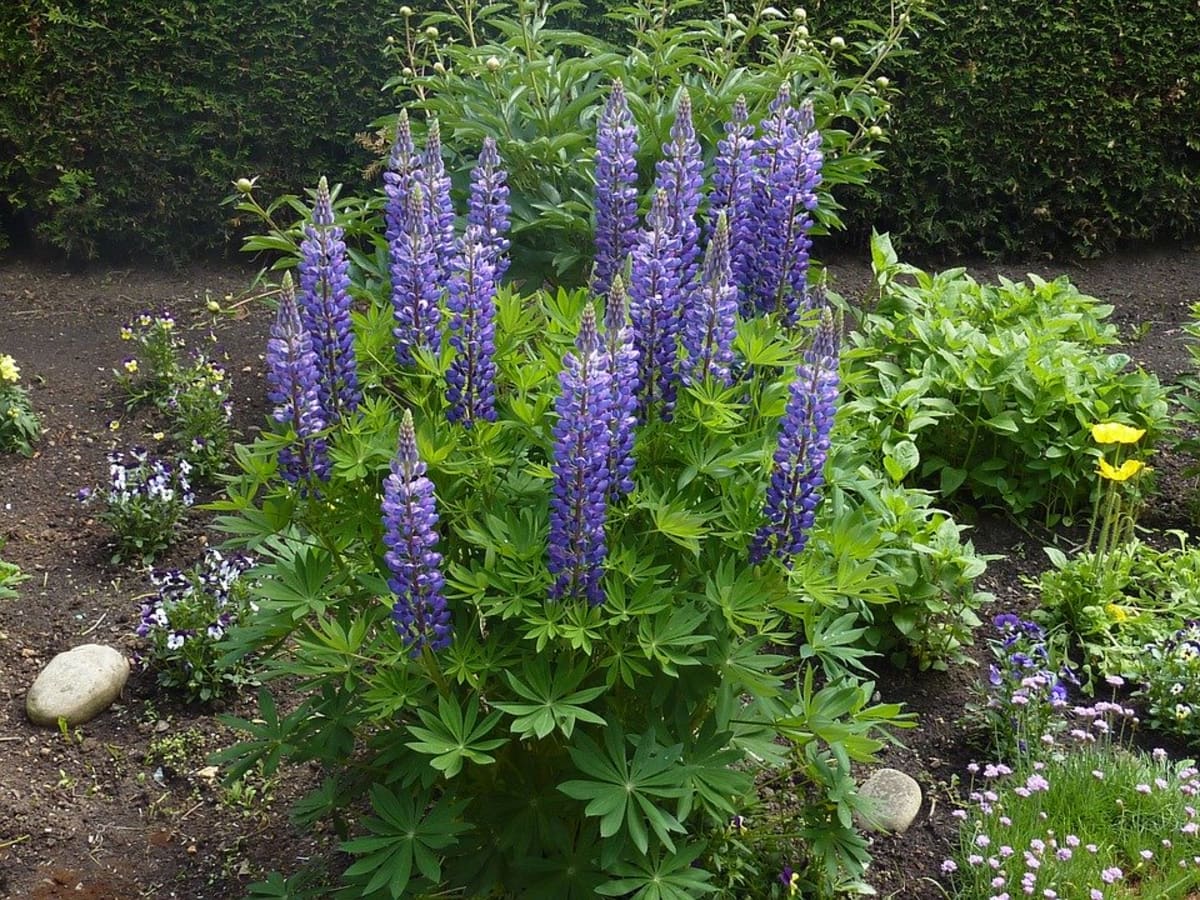

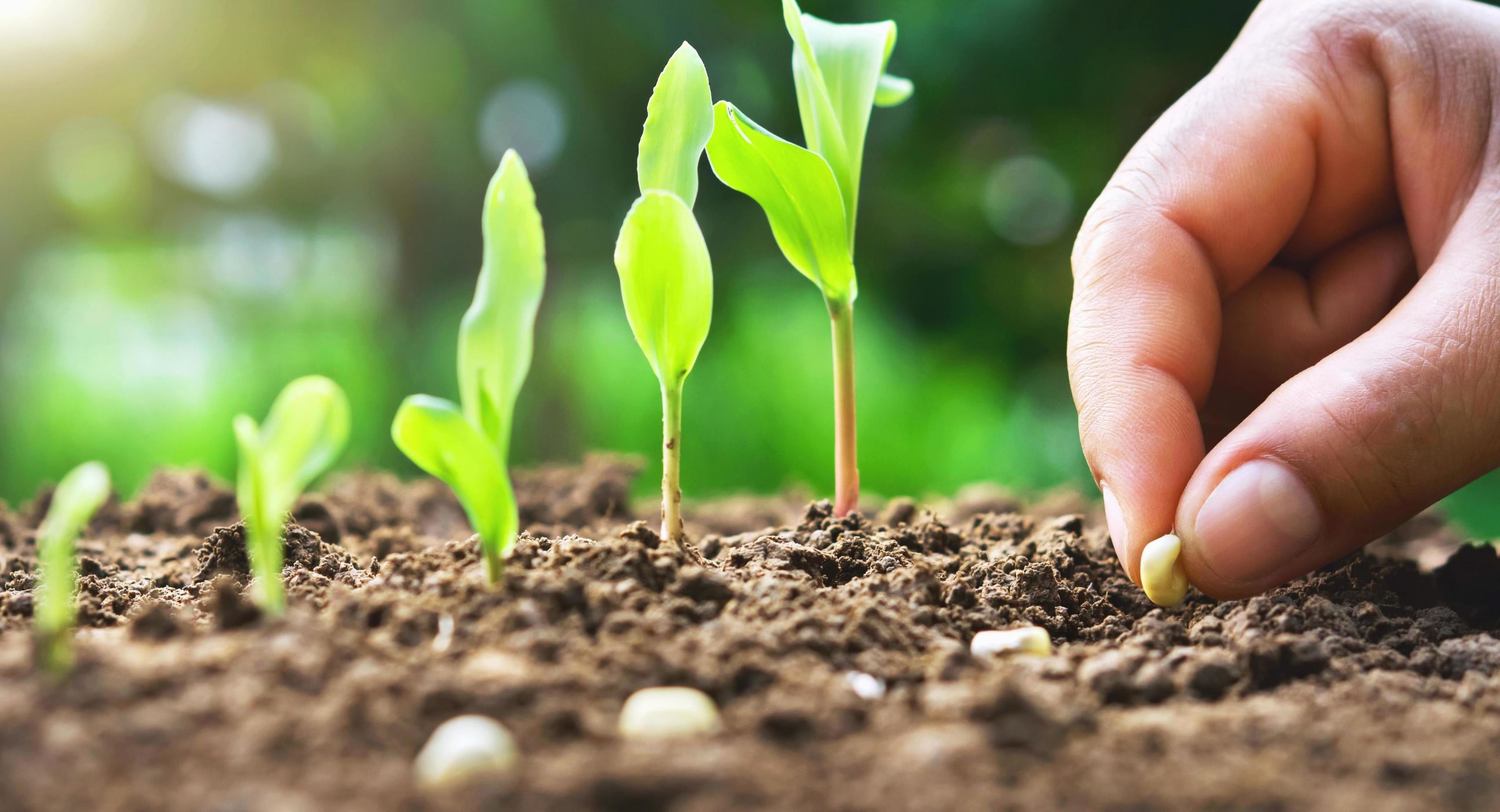
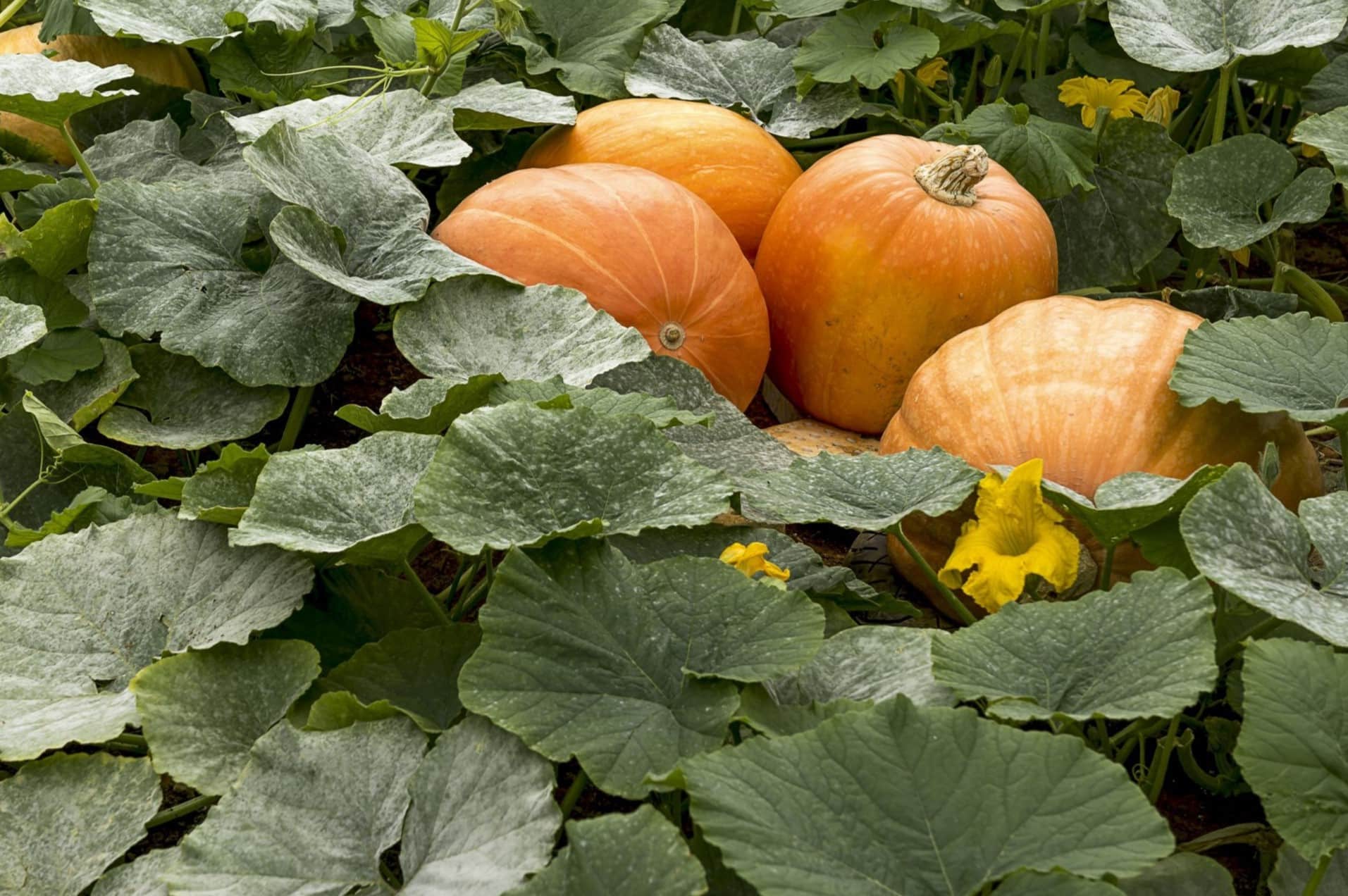
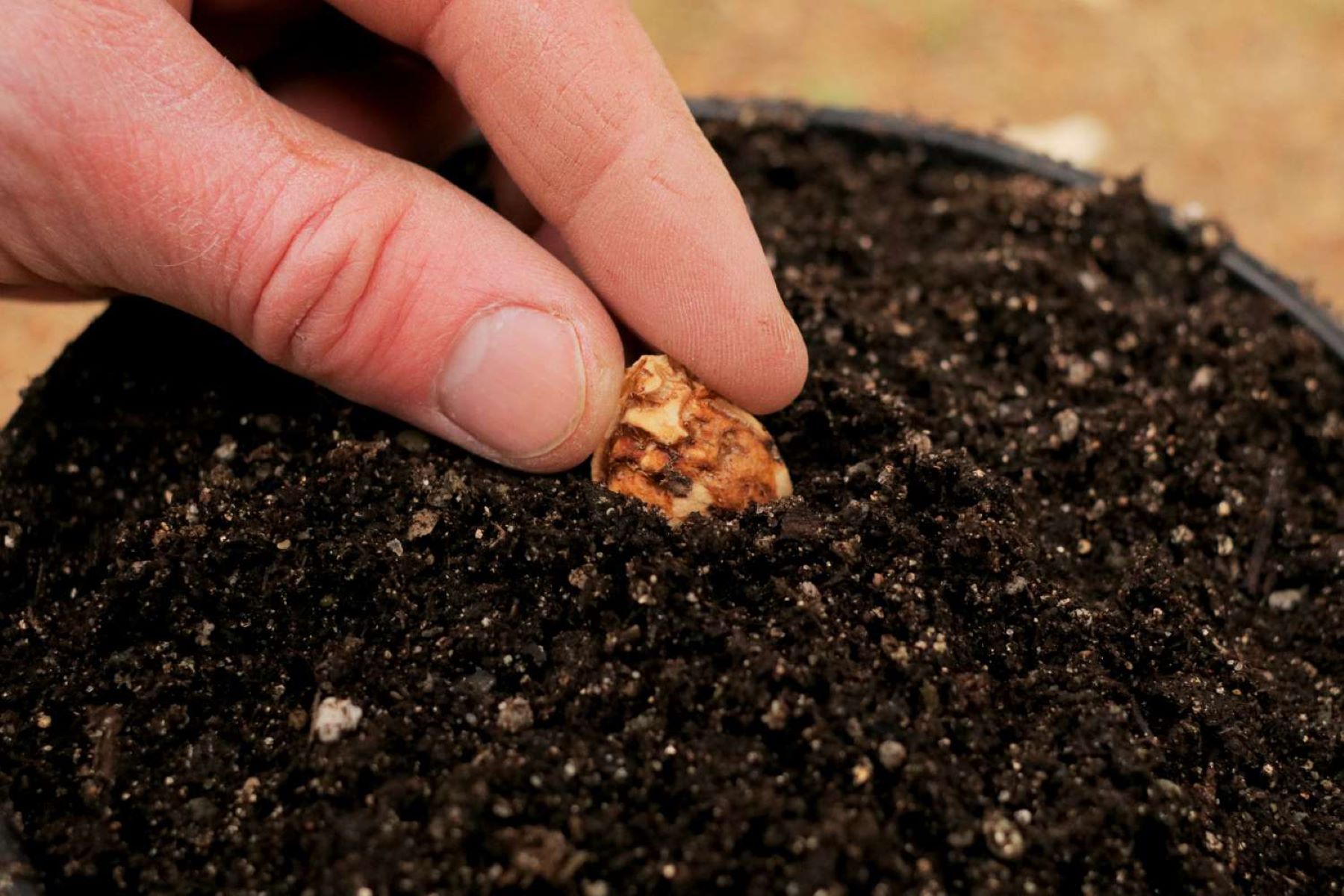
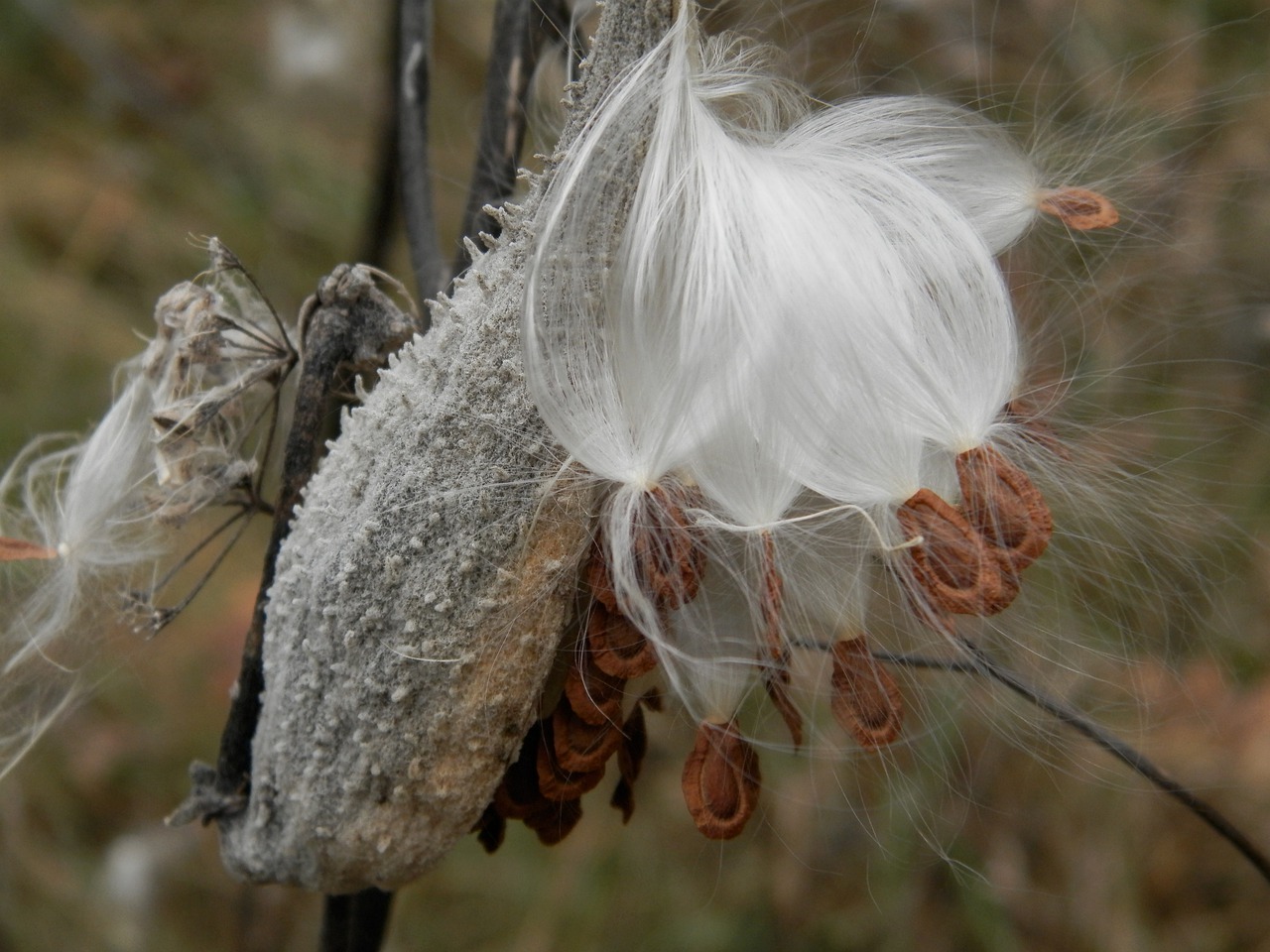
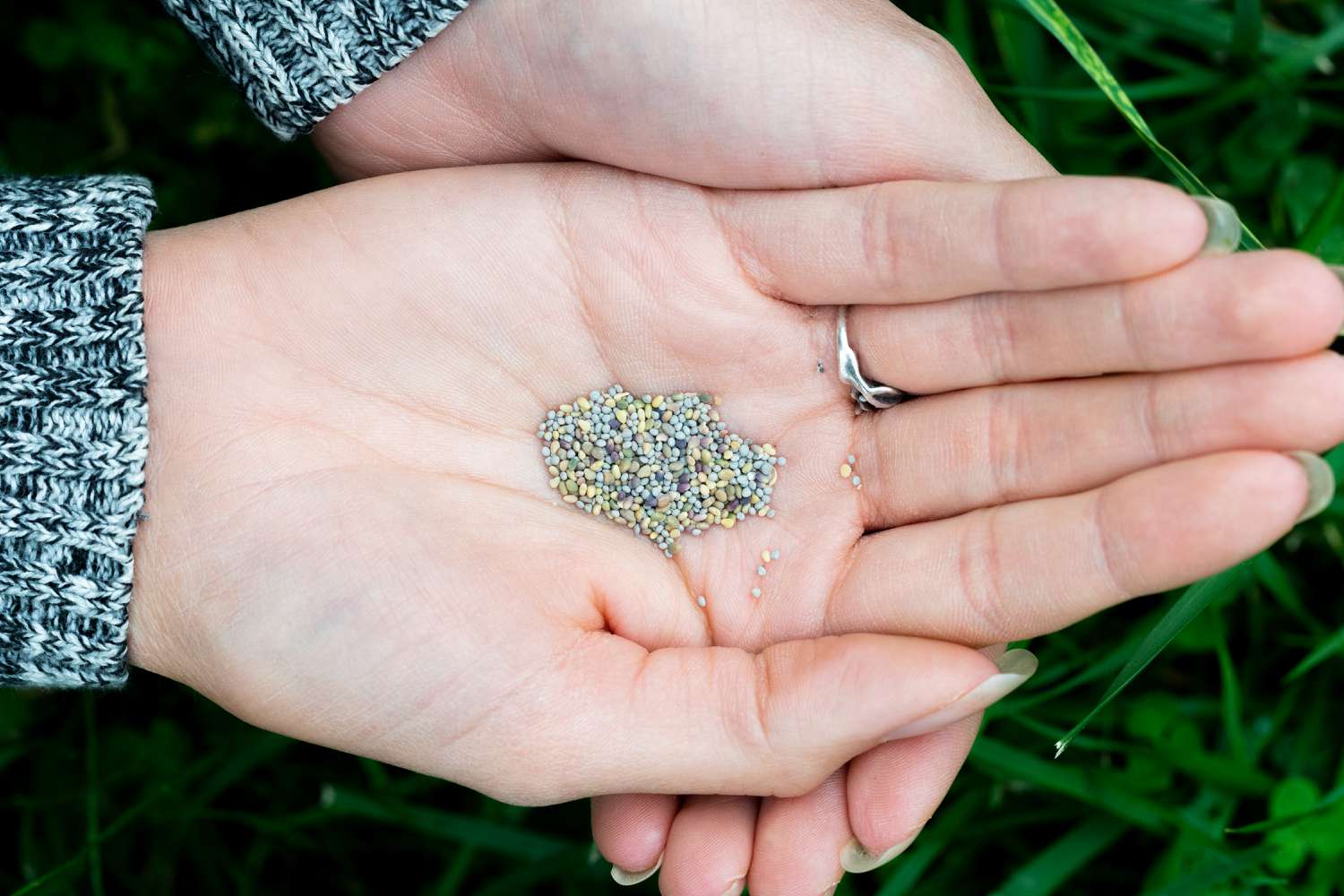
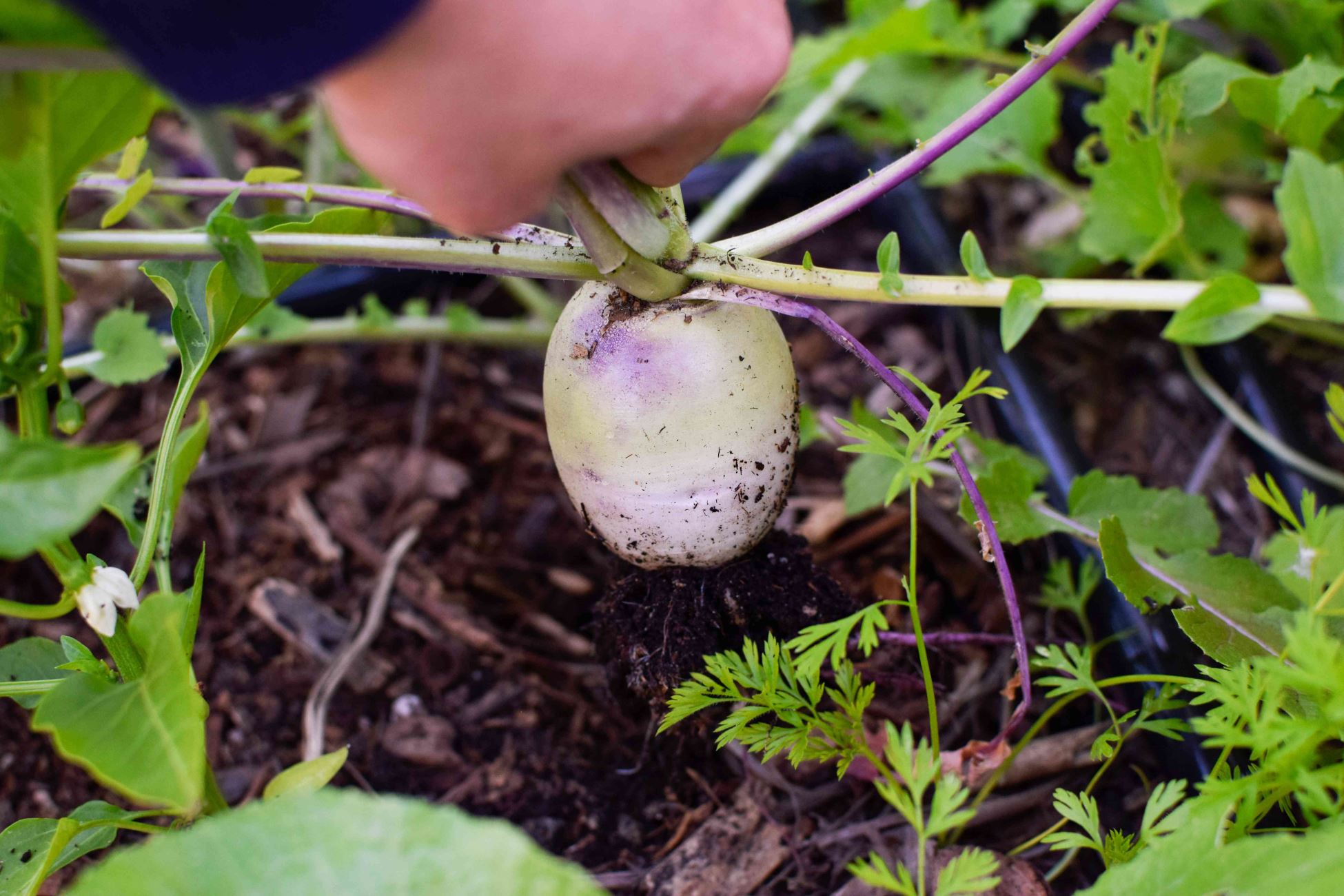

0 thoughts on “How To Plant Jalapeno Seeds”